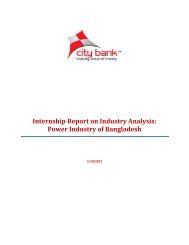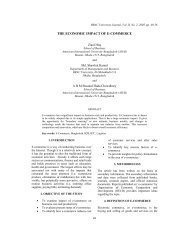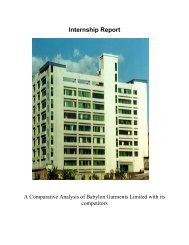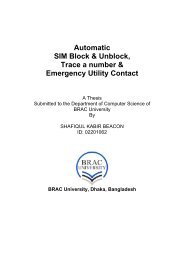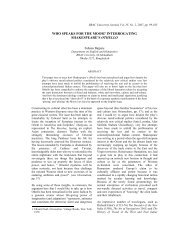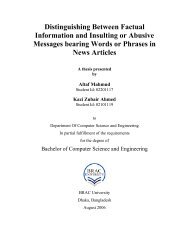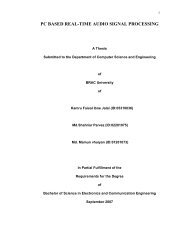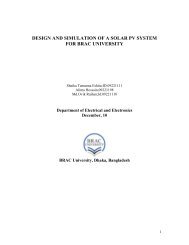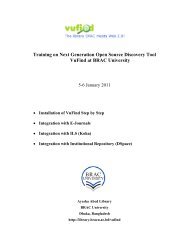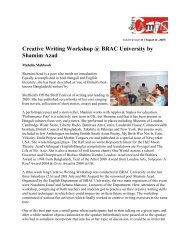LITERATURE SURVEY OF AUTOMATIC FACE RECOGNITION ...
LITERATURE SURVEY OF AUTOMATIC FACE RECOGNITION ...
LITERATURE SURVEY OF AUTOMATIC FACE RECOGNITION ...
Create successful ePaper yourself
Turn your PDF publications into a flip-book with our unique Google optimized e-Paper software.
CHAPTER XVII<br />
INTRODUCTION<br />
Images are often corrupted by impulse noise due to errors generated from<br />
sensors or communicational channels. It is important to eliminate noise from<br />
images before face recognition, edge detection, and image segmentation<br />
procedures. To remove the noise from images, there are some filtering methods<br />
like max and min filters, median filters, harmonic mean filter, low pass, high pass,<br />
band pass filters etc. Among them the wellknown median filter has been<br />
recognized as an effective way of removing impulse noise. The success of<br />
median filters is based on two main properties: edge preservation and efficient<br />
noise attenuation. Edge preservation is essential in image processing due to the<br />
nature of visual perception. Despite its effectiveness in smoothing noise, median<br />
filters tend to remove fine details when applied to an image.<br />
To eliminate the drawbacks of median filter, the adaptive median filter, has<br />
been proposed. This filter is a modified and complex than median filter and is<br />
capable of performance superior than others. It has variable window sizes for<br />
removing impulses while preserving sharpness at the same time. In this way, the<br />
integrity of edge and detail information becomes better.<br />
58



